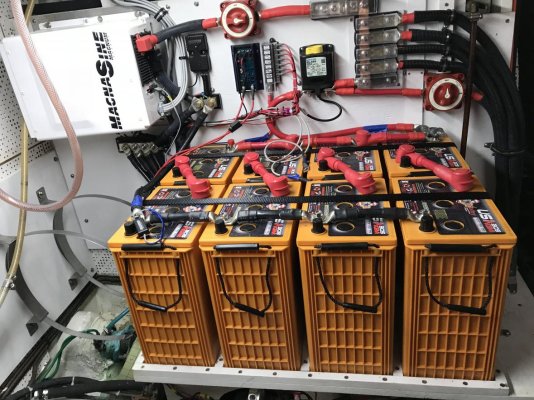MichaelB1969
Guru
- Joined
- Oct 15, 2016
- Messages
- 679
- Location
- USA
- Vessel Name
- Speedy Charlotte
- Vessel Make
- Beneteau Swift Trawler 44
Hi all, so it appears I forgot to flip the electrical switch on the dock and my AGM batteries were fully discharged and sat that way for approximately a week.
Curious, how badly did I screw them up or shorten their lifespan?
I want to know how upset with myself I should be.
Thanks,
Mike
Curious, how badly did I screw them up or shorten their lifespan?
I want to know how upset with myself I should be.

Thanks,
Mike

